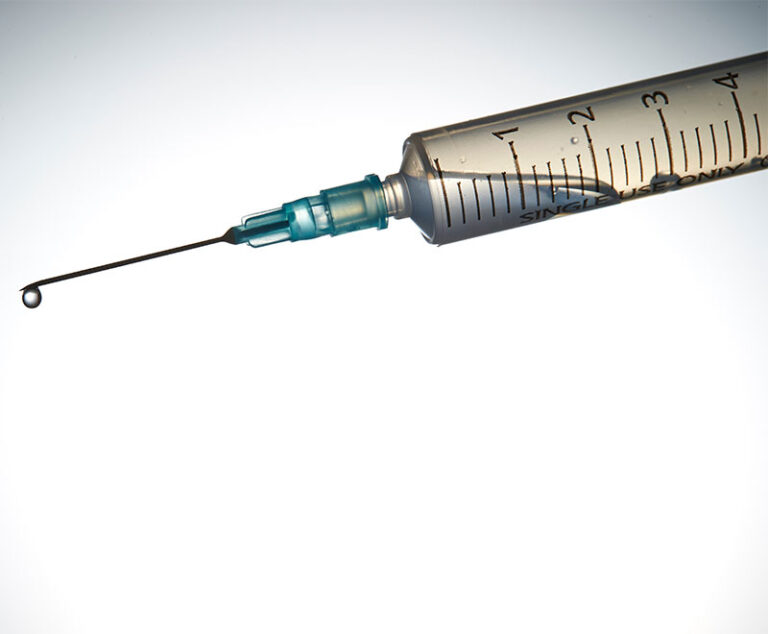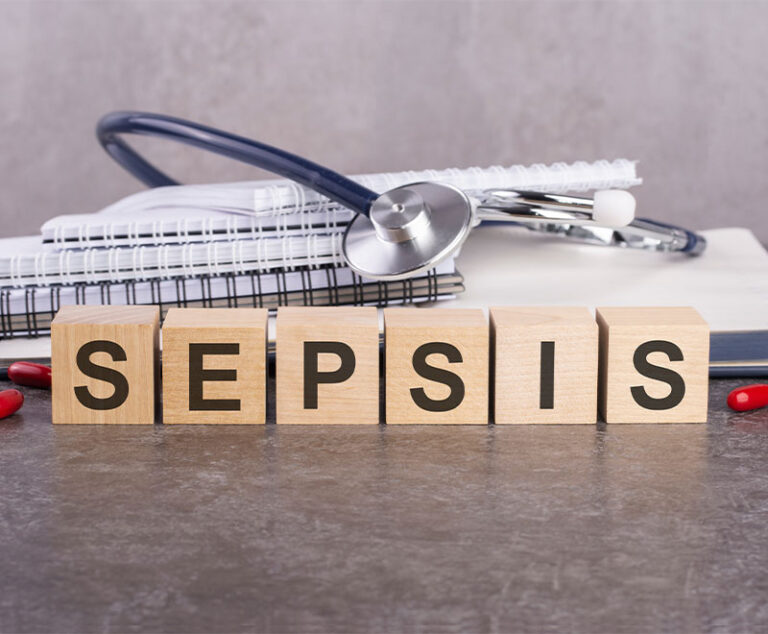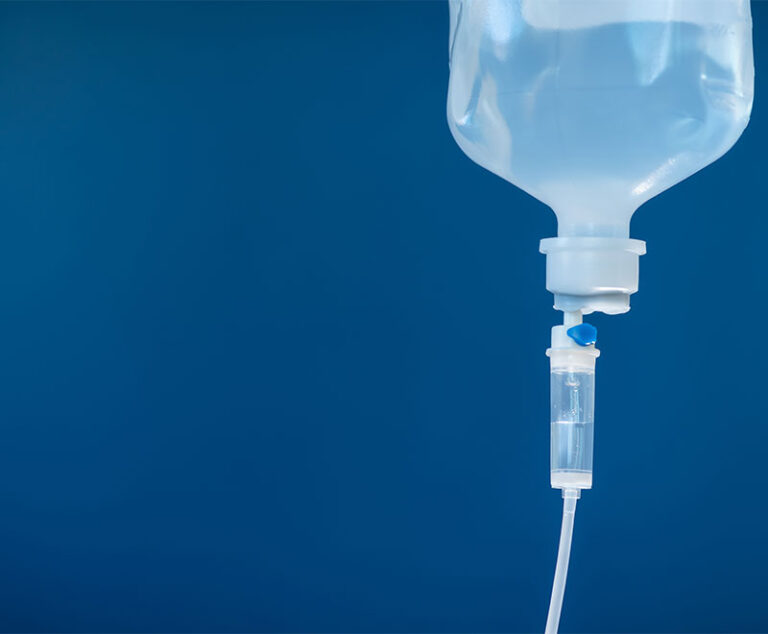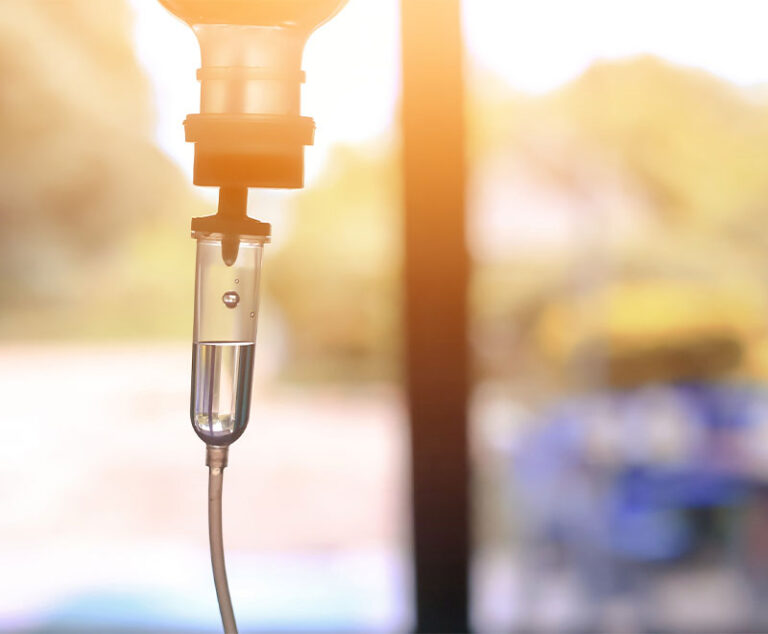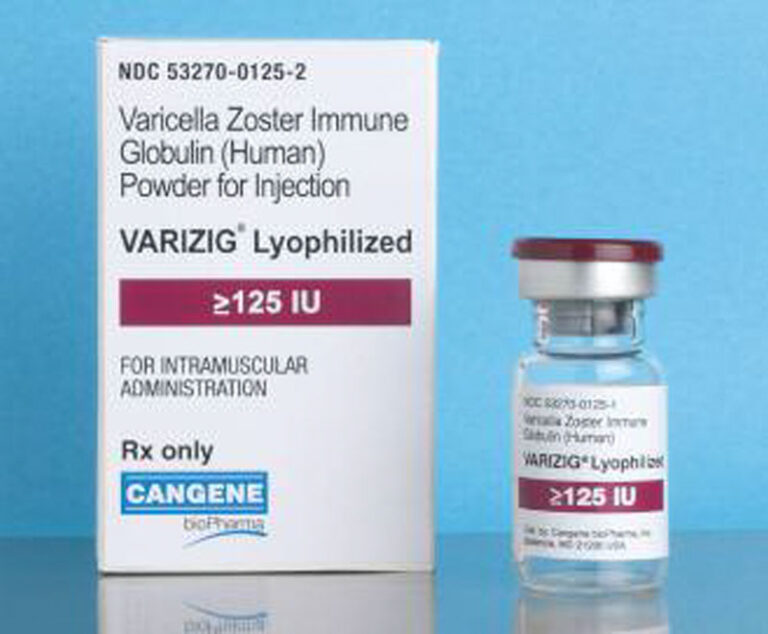Industry News
Research, Science & Manufacturer Updates
Immune Globulin Articles
Eight consecutive patients on long-term, hospital-based intravenous immunoglobulin (IVIG) therapy to treat chronic inflammatory demyelinating polyradiculoneuropathy (CIDP) (n=4) and multifocal motor neuropathy (MMN) (n=4) were switched to home-based subcutaneous immunoglobulin (SCIG).
The U.S. Food and Drug Administration has approved HYQVIA (Immune Globulin Infusion 10% [Human] with Recombinant Human Hyaluronidase), Baxter’s subcutaneous treatment for adult patients with primary immunodeficiency.
A recent study conducted in Japan showed significant early post-administration improvements in sepsis patients who were given a single-dose administration of intravenous immune globulin (IVIG).
Low-dose intravenous immune globulin added to a course of corticosteroids has been found to be superior to corticosteroid therapy alone in resolving toxic epidermal necrolysis and reducing associated mortality risk.
Investigators concluded that IVIG may be an effective and safe treatment for DM with isolated skin involvement.
The Centers for Disease Control and Prevention has updated its recommendations for the use of VariZIG.
The U.S. Food and Drug Administration has approved a 10 g (50mL) vial size for Hizentra, immune globulin subcutaneous (human).
The U.S. Food and Drug Administration has instructed manufacturers to add information to the current boxed warning in the labeling of all intravenous immune globulin (IVIG) products, and add a similar standardized boxed warning for all subcutaneous and intramuscular IG products.
With the objective of evaluating the safety and tolerability of intravenous immune globulin (IVIG) as a treatment for neuromyelitis optica (NMO), a team of Spanish investigators administered IVIG (0.7 g/kg body weight for three days) every two months to eight patients meeting Wingerchuk’s revised diagnostic criteria for the disorder.
Results from a new study in patients with early Alzheimer’s disease showed a short course of intravenous immune globulin slows the disease’s progression.
A meta-analysis showed IVIG was as effective as plasma exchange in reducing Guillain Barré syndrome disability scores, with no significant difference in adverse events.
A multinational team of investigators exposed cultured neurons with intravenous immunoglobulin (IVIG) to evaluate its effect on downstream signaling pathways involved in neuronal cell death.

